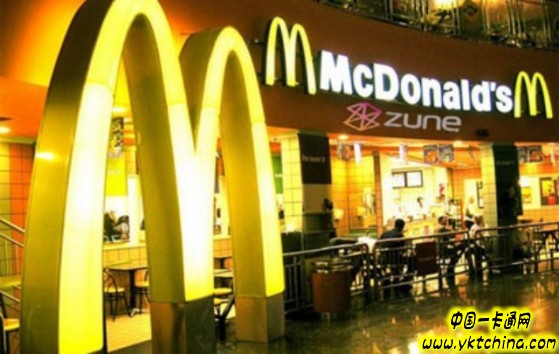Japan's McDonald's successfully realized the closed loop of O2O coupons, which is based on NFC. Of course, there is no iBeacon technology at the time. With the launch of iBeacon, can this classic process be copied?

From the perspective of infrastructure, Japan is one of the most suitable countries in the world to develop O2O industry. Japan's 3G network penetration rate reaches 100%, 4G penetration rate is close to 10%, mobile phone network signal is good, and half of mobile phone users are Traffic is not capped package users, do not worry about excessive traffic. The penetration rate of mobile phones in the near field is over 40%. In addition, Japan's 7-111, the whole family, Rosen and other convenience stores are highly developed, drugstores are spread all over the country, and various vending machines that support mobile payment are everywhere.
Japan's most recognized O2O case is the coupon business of McDonald's in Japan. After the successful mobile phone coupon business of McDonald's in Japan, McDonald's in the United States and Europe have come to learn. At present, the number of registered members of McDonald's in Japan has exceeded 30 million, which means that every 4 Japanese people use McDonald's coupon business, and almost all young people are using it.
After the O2O closed loop is formed, Japan's McDonald's can collect user transaction data well, so as to accurately push mobile coupons to them, which greatly increases the store rate and sales.
I. Several stages of the development of Japanese McDonald's coupons
The first stage: paper coupons. The coupons for McDonald's in Japan were first issued by printing paper. Not only is the cost of distribution high, but printing takes a long time and the delivery is not accurate.
The second stage: In 2003, we began to download coupons on the mobile phone website, and went to the store to show discounts. (China is currently at this stage)
Stage 3: Require people who have access to the coupon service to register and collect their information. In February 2006, McDonald's began to issue coupons to registered members through its website. By September 2007, the number of members of the McDonald's mobile website had exceeded 5 million.
The fourth stage: the development of coupon services based on mobile phone NFC payments. In 2007, Japan's McDonald's and Japan's largest mobile operator NTT DoCoMo established a joint venture company "ThE JV", Japan's McDonald's accounted for 70% of the shares, NTT DoCoMo accounted for 30%. NTT DoCoMo has a well-known "mobile wallet" near-field payment service, as well as a mobile credit card business called "ID". After the establishment of the joint venture company, McDonald's mobile coupons form a complete O2O closed loop.
Second, the complete O2O closed loop of McDonald's in Japan
McDonald's in Japan has always wanted to collect information about users' consumption behaviors and then provide them with coupons. At first, McDonald's allowed users to fill in personal information, such as gender, age, etc., but the information was of little value.
McDonald's really collected user transaction information. In 2008, it started to build an NFC mobile payment read terminal with its 3,300 stores in DoCoMo, and deployed a CRM system to collect user information. At this point, McDonald's in Japan formed a closed loop of O2O.
Third, the big data mining of McDonald's in Japan
Japan's McDonald's realized the O2O closed loop, the biggest advantage is the ability to accurately mine user behavior information. This information includes the frequency of consumption by the user, the storefront that is frequented, the amount of a single purchase, and the type of food purchased.
Japan's McDonald's spent tens of billions of yen to build a customer information mining system, and conduct a very accurate analysis of the user transaction data collected by the store, and then personally push each of them different coupons.
Specific examples of these personalized coupons are as follows:
For customers who frequently purchase coffee during the day on Saturdays and Sundays, send coupons for free redemption of coffee on weekend mornings;
For customers who have not visited for a period of time, send discount coupons for products such as burgers that were frequently purchased in the past;
For customers who have a high frequency of visits but have not purchased a new burger, send a new discount coupon for the new burger;
For customers who regularly purchase burger packages, send discount coupons for snacks such as apple pie;
These personalized coupons have greatly increased the sales of McDonald's stores in Japan, allowing users to visit McDonald's more frequently and spend more money each time. Or better played the role of CRM.
In contrast, China's McDonald's coupons are currently standardized coupons. In other words, there is no difference in downloading a McDonald's coupon on any APP. This kind of coupon is a one-way push, it can't collect the user's effective information, and there is no precise marketing. Can I use iBeaocn technology or iBeacon technology to combine with NFC to replicate the above closed loop? In fact, it is not just McDonald's, other chain brands can also be applied.
Makeup Set,Beauty Makeup,Makeup Products,Waterproof Makeup
Zhejiang Laizhen Biotechnology Co., Ltd. , https://www.laizhen-bio.com